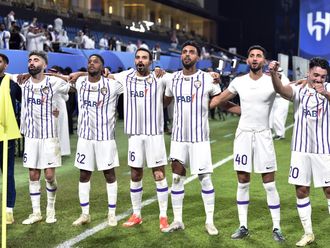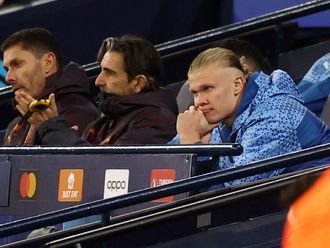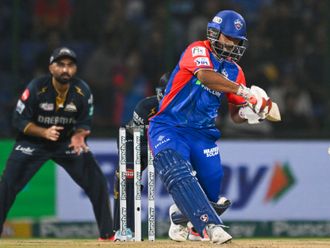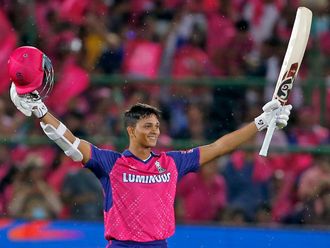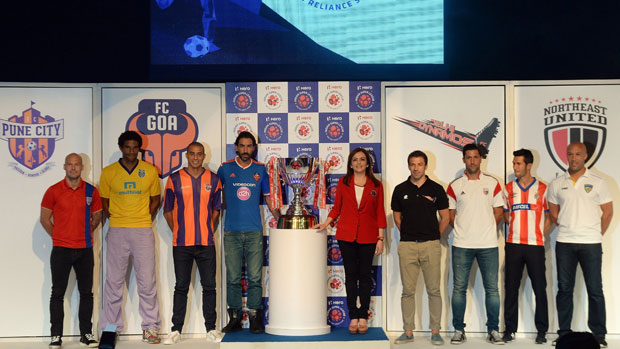
Abu Dhabi: As India wait with bated breath to see football turn a new corner with the Indian Super League (ISL), chairperson Nita Ambani, the woman behind the concept, spoke to Gulf News on her dreams and plans for Indian football.
Gulf News: The Indian Super League has already captured the imagination of the Indian football fans. Can you please elaborate on your vision?
Nita Ambani: I have always believed in the opportunities that sports offer to help engage and channel youth’s energy. We had multiple discussions and debates with the late Ted Forstmann (former chairman and CEO of IMG) on the opportunities that India, as a diverse country, provides in the development of sports and one of the subjects was football. The Indian Super League is the beginning of a long journey. It’s a journey to which we are fully committed. We want to fulfil the dreams of a billion-plus fans and create interest in millions of youth to take up the sport.
GN: How did you manage to bring this concept together?
NA: Not many believed when we first talked about the football renaissance in India. I would say we started our journey effectively in 2010 with the IMG-Reliance joint venture. The common objective was to develop and nurture talent, create alternate sports opportunities and unlock Indian’s sporting talent. Football is the second-largest sport in the country. A large section of the population have longed for Indian football. The Indian Super League hopes to fulfil this dream, where experienced international players and local players will compete, learn and adapt to various techniques, thus helping to enhance their performance.
GN: Do you think football can attain the same stature as cricket in India?
NA: We are setting out to build the sport from scratch and bring radical changes in the way football is looked at in the country. For many of the Indians, football has become synonymous with the English Premier League and La Liga. Keeping that in mind, this is a very bold experiment. India is too large and diverse a country with food habits changing every 100km. It certainly has the appetite for being a multi-sports nation. Thankfully, football in India had its roots from the glorious years of 1950s. Through ISL, we hope to re-energise the passion for football once again, take the sport to far corners of the country, introduce the game to youngsters, involve the communities and make the ‘beautiful game’ a topic for discussion over dinner.
GN: Is there a grassroots development programme?
NA: Yes, the bigger piece here is our grassroots development programme. For India to have the next generation of footballers and make its mark in future international competitions, we need to identify and groom talent today. The ISL is committed to grassroots development, with an aim of getting five million kids to play football in the next five years. We want kids to enjoy and have fun kicking the ball as they learn how to dribble and slowly start to love the game.
GN: The ISL is already being talked about internationally. Isn’t that, in itself, a huge challenge for you?
NA: I guess the footballing nations were waiting in anticipation for India’s big leap into the sport. We are committed, working very hard and keen to build a grand coalition so that football in India develops. So, we too are equally excited and very much looking forward to a great start to the tournament.
GN: Where would you like to see the ISL in a few years’ time?
NA: As the founding chairperson of Football Sports Development, I would honestly like to see the ISL becoming the catalyst in the creation an ecosystem to nurture talent and create our own football heroes. Currently, India has just over 10,000 players playing the sport at state and AIFF (All India Football Federation) tournaments. For a nation of 1.2 billion and with half of that being youth, we should have a larger number of children in the 8-15 year age groups children playing the beautiful game. The ISL will look to create that opportunity and inspire the youngsters to take up football.



